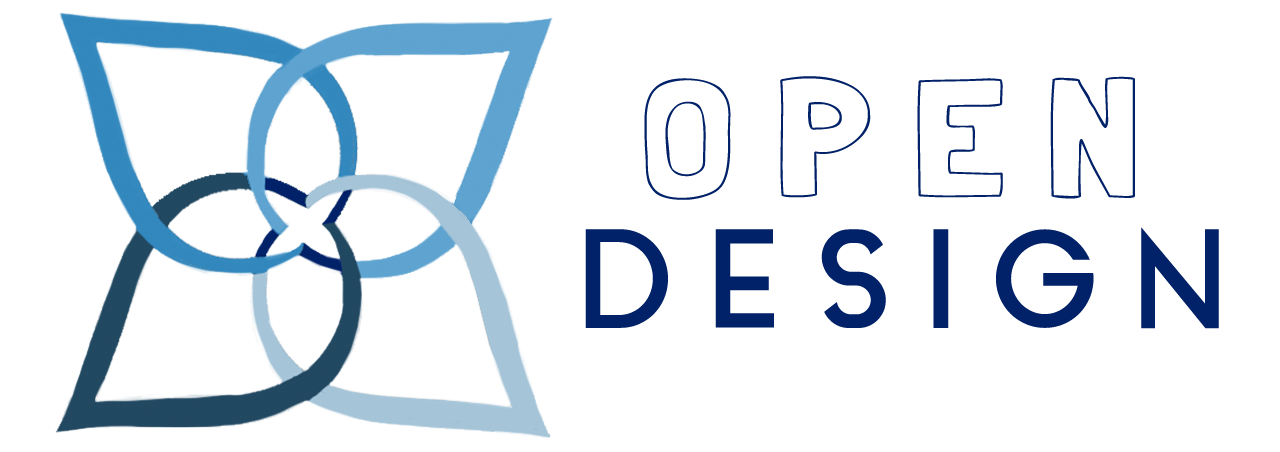Originally published in the Duke Chronicle
There’s Data+, there’s Story+, there’s Code+, and soon there may be a Design+ added to the group.
Design+ Durham is an ongoing project, currently being developed by a Bass Connections team called “Open Design at Duke and Beyond.” The team will ultimately produce “open educational resources about open design for use by anyone within or beyond Duke.” Championing the concept of human-centered design, Design+ hopes to encapsulate collaboration, creativity and community in its program structure and show that entrepreneurship is an endeavor of both product and process
“Open design is our take on design thinking founded on open source principles: transparency, collaboration, community, adaptability and inclusivity,” said Aria Chernik, associate professor of the practice at the Duke Social Science Research Institute and a team leader for the Bass team.
Currently, Design+ is conducting interviews in pursuit of “needs-finding”—a process the team describes as the “research phase.” The team aims to gather insight on how the design process is viewed across a broad array of disciplines.
The Bass connections team aims to launch the Design+ Durham program in the summer of 2020. Although still in the works, co-creating solutions to community problems with community partners will be central to the Design+ Durham summer experience.
The Open Design Bass Connections team is comprised of six undergraduate students, one graduate student and two faculty team leaders, in addition to seven faculty/staff team contributors. Sophomore Jodi Yeh, one of the undergraduate members of the team, described her experience as “very different from a normal class.”
“You get to put your own ideas into action but a lot of us are working to get the same job done,” Yeh said. “We all converse at the same level—students and faculty.”
Chernik strongly believes that student-driven learning with teachers as facilitators is both the present and the future of education. She traced her interest in open design back to first studying critical pedagogy—a teaching approach that tries to help students examine power structures and ask questions—and then beginning to actually employ student-driven learning while teaching at Duke.
“When I started letting the students drive the learning, that really started shifting what I thought the purpose of education was,” Chernik said.
Chernik shared that when an engineering student wanted his final project in her Digital Humanities course, a website, to be focused on the learning process on instructables.com—a website where people can share and watch DIY tutorials—she thought it felt “not scholarly.”
“He really believed in this vision for how education had changed and he wanted to spend a month researching it. I didn’t get it,” Chernik said. “Now, I’ve changed radically what I think scholarship means.”
Her student focused on how technology has enabled people “to learn things in ways and times of the day that they never did, and how informal learning is as valuable or more valuable” than structured classroom spaces, particularly for engineers.
“It turned out to be hands-down one of the best final projects I’ve ever seen at Duke,” Chernik said.
Open Design at Duke and Beyond strives to emulate such vibrancy in the face of ambiguity. Layered with communities, Chernik said it is an example of innovation driven by interaction with a diverse mix of students and faculty leaders from different backgrounds—literature, computer science, graphic design, business, biology and engineering.
“Even last class period, we ran over class time because the students were so excited about debriefing the interviews they did,” Kevin Hoch, managing director for education Duke Innovation & Entrepreneurship and a faculty team leader, said. “When you know you’re hitting on a need and students aren’t packing up their bookbags to leave class, it feels like you’re on the right track.”




